Brent S
Top Poster
There were loads of seeds for sale. Saw three lbs for 13.00 on the low end. Also had amaranth oil and flour for sale. One thing that caught my eye was this variety, called ‘love lies bleeding’. Beautiful!




I love the taste. The young leaves to me taste like spinach. The older, larger leaves cook up about the same as collards. But then again, I'm from Mississippi and we cook our greens for hours and add pork fat. I wonder if you don't like those greens because you've just never had them cooked properly? If you ever go to Jamaica or eat in one of their restaurants in the US, ask for the callaloo. They cook it like southerners and is soooo good.I’ve heard the name before, but haven’t seen the seed for sale. I guess the question here on my mind is how does it taste? When considering a survival food taste is less relevant, but for right now it’s a biggie to me. I grew kale and turnips here. They both thrived with hardly any maintenance in this Ga soil. The problem is I really don’t like either one! I do have seeds on hand though and in tough times would definitely plant them due to their high success and production rates. I’ll look into the amaranth seeds on amazon.
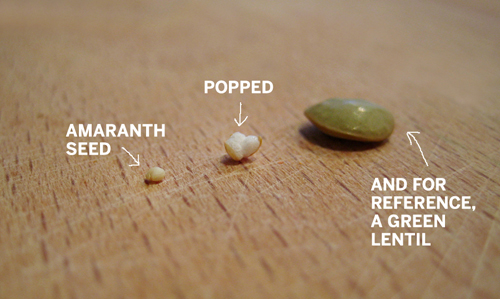
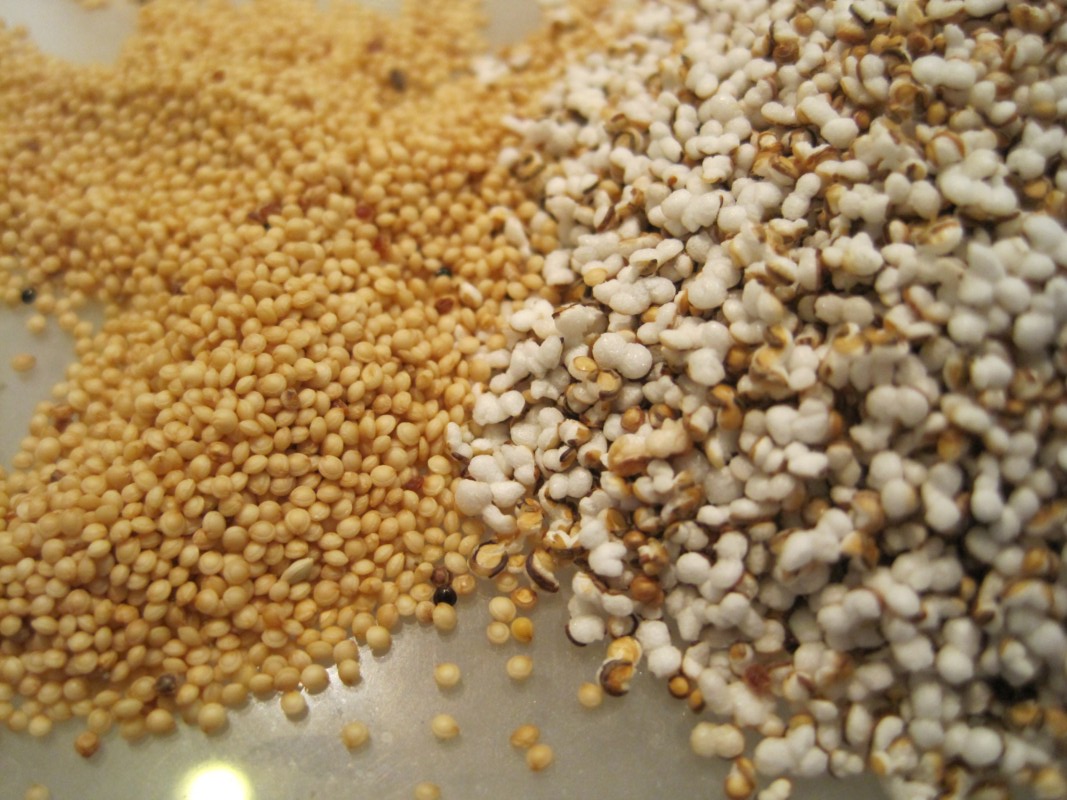
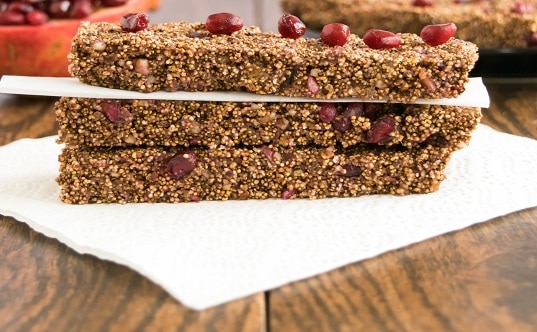
I get most of my garden seed from Eden Brothers. I like that they have small quantities & large.There were loads of seeds for sale. Saw three lbs for 13.00 on the low end. Also had amaranth oil and flour for sale. One thing that caught my eye was this variety, called ‘love lies bleeding’. Beautiful!
View attachment 9088
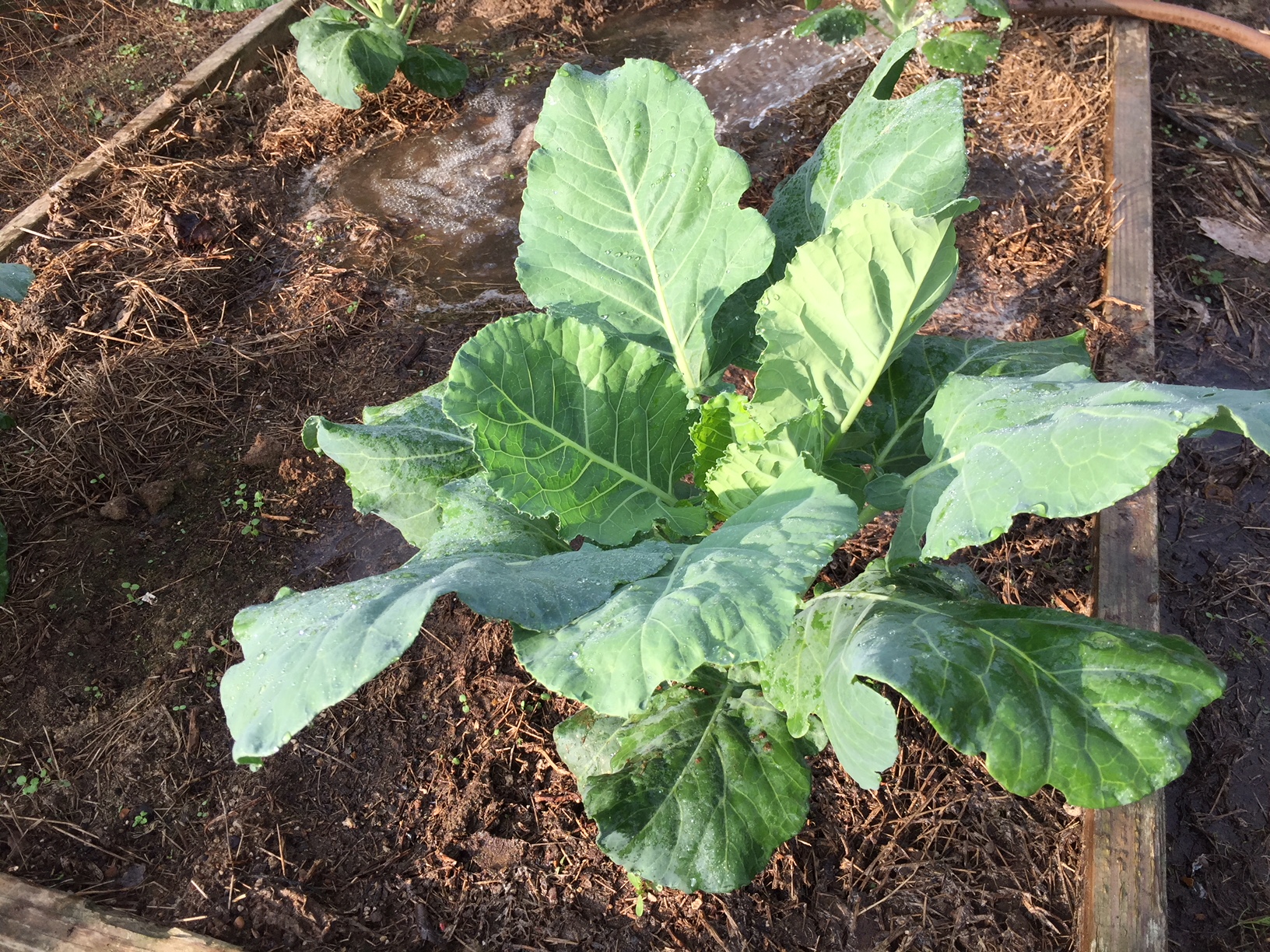
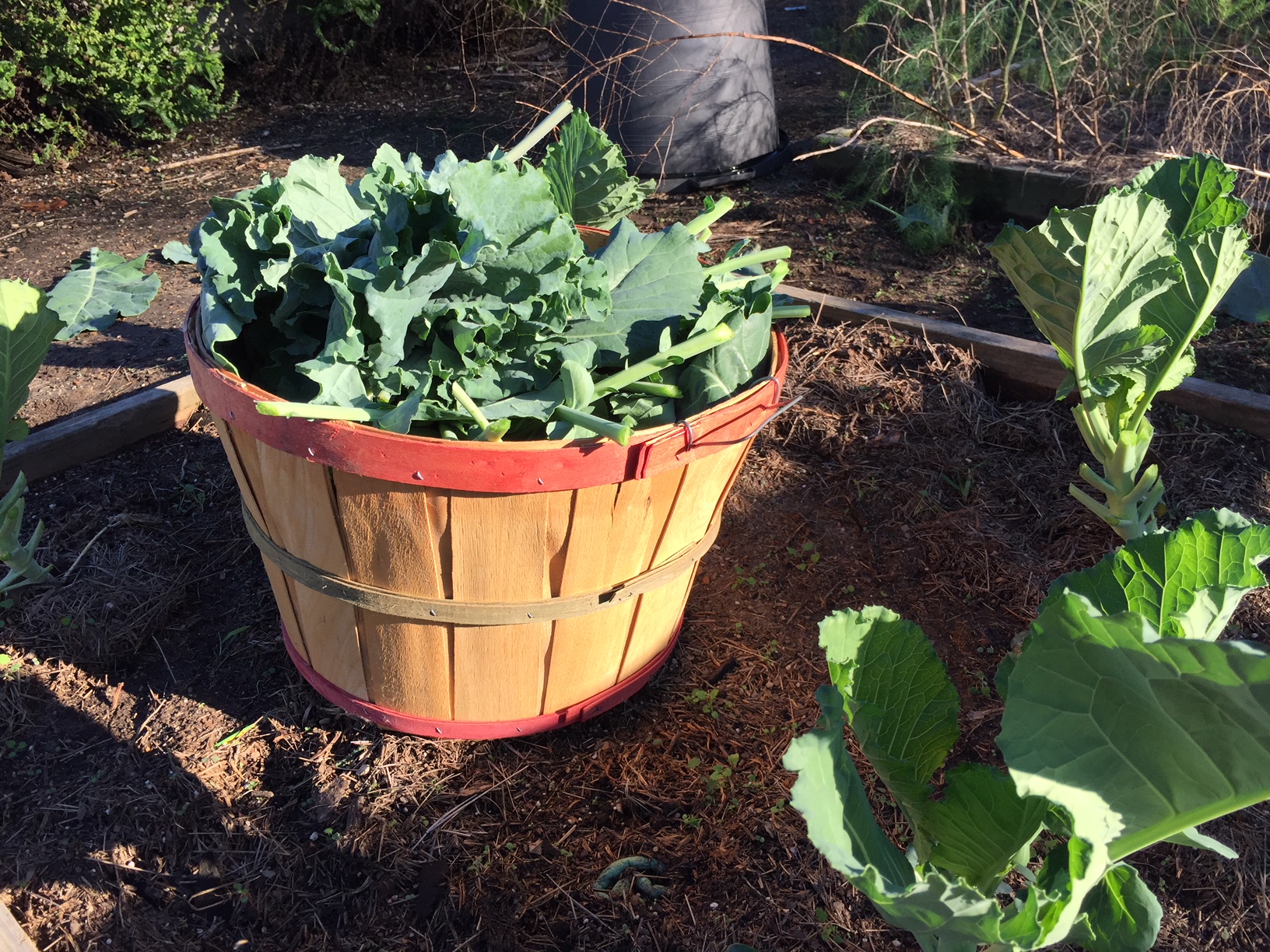
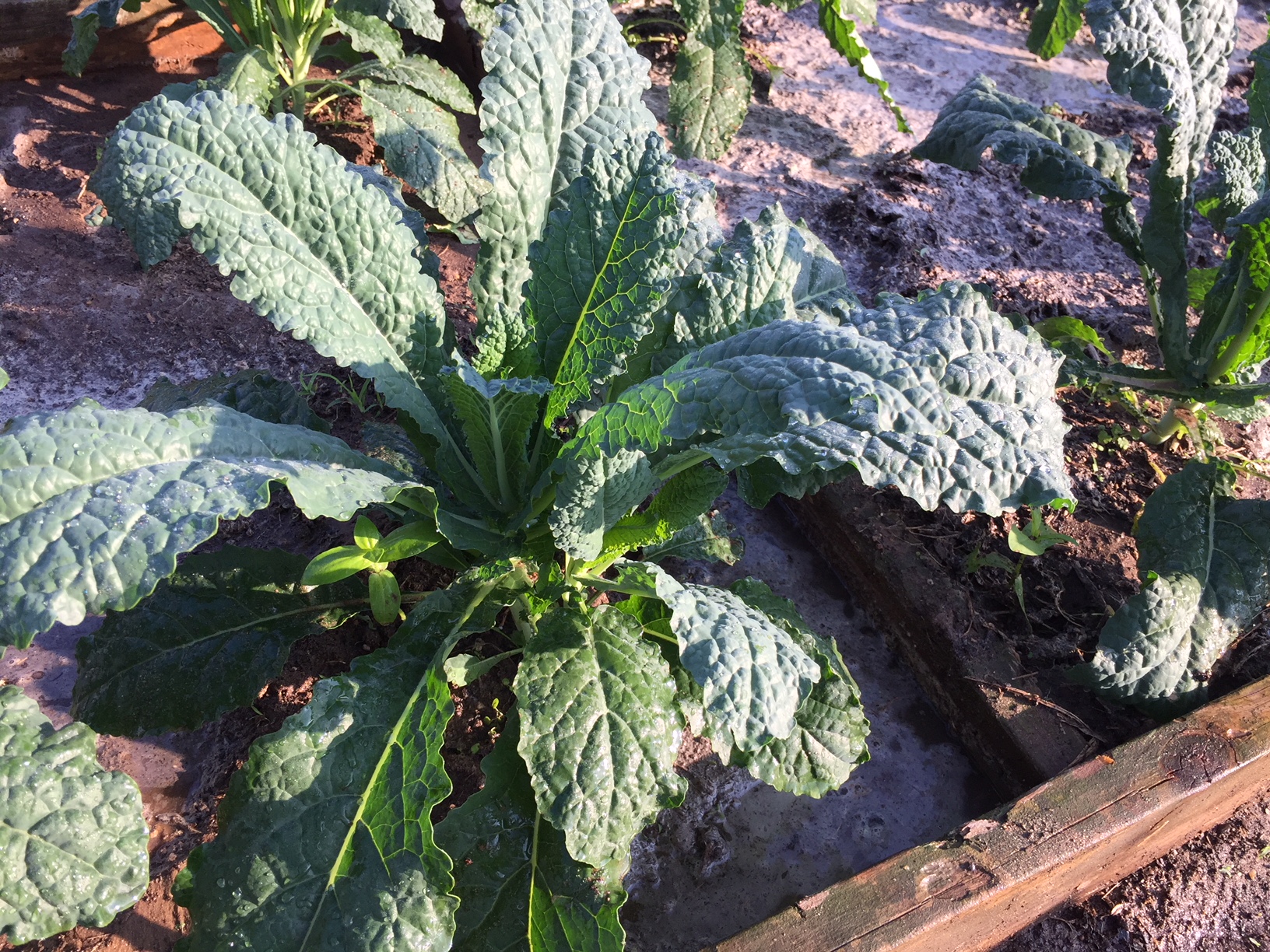
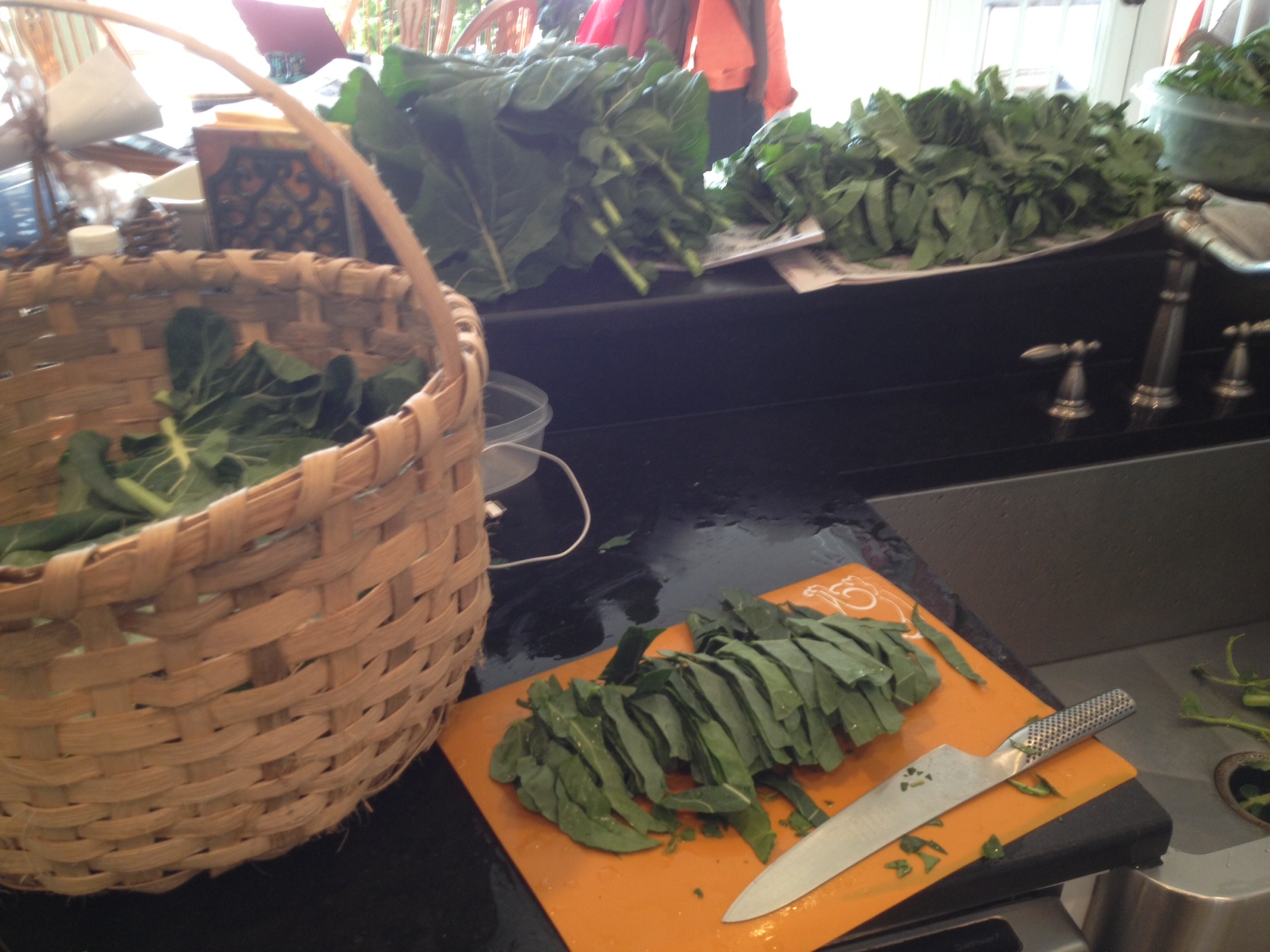
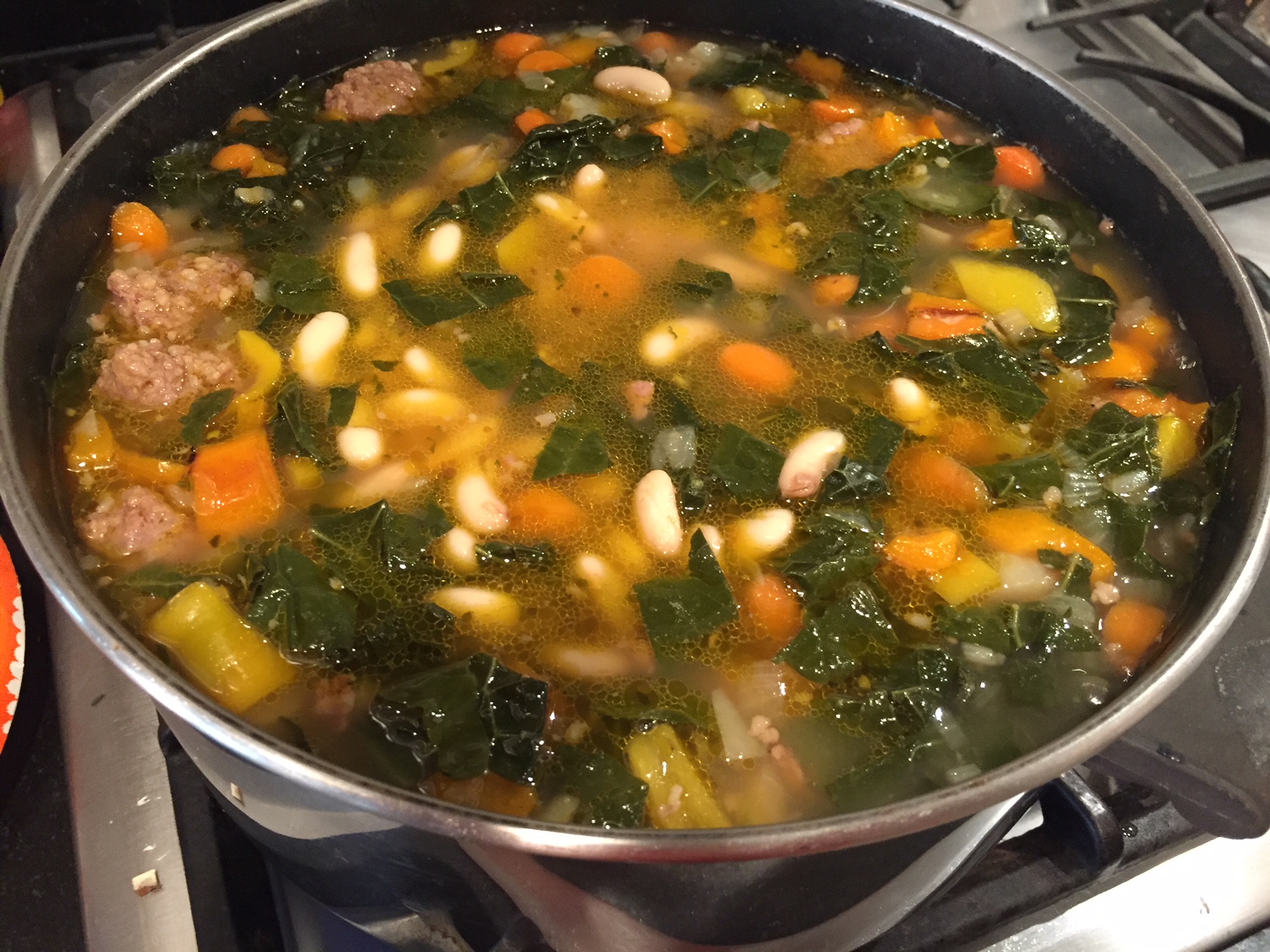
I don't think that is an Oriental practice.Don't forget the cornbread because you're gonna want something to sop up the pot liquor with!
My understanding is that some Sumac are poisonous and some aren't. I don't think any of their leaves are edible but some of the seeds are.Looks a little like Sumac that grows wild here .( the stalk sumac not the vine thats like poison ivy ) . Its a pest plant Farmers call it poison sumac but the Cherokee and other tribes would use the seeds as a spice . It has a lemon tast . Not sure if the plant is edible .
Correct except that amaranth doesn't need as much water as corn & doesn't need the fertilizer that corn needs. Corn is considered a heavy feeder where amaranth, like a weed doesn't have to be pampered. But yes, if one can grow corn they can most assuredly grow amaranth.From what I'm reading the length of time to grow, the soil requirements, temperature range are very similar to growing corn. I figure if one can grow corn they should easily grow Amaranth.
If you plant them in a garden plot, I suggest broadcasting the seed as opposed to planting the seed spaced out in nice, neat rows. Not only is that easier than dealing with the tiny seed but will give you the opportunity to thin out many smaller plants and eat them like spinach. Plus if you note in pictures, they can handle a high plant density. Thus you can continue to thin even larger plants to harvest the bigger leaves.I just ordered 4 varieties of Amaranth seeds. I will plant these in my gardens around the house and along my front fence. They will be colorful and an additional food source.
Correct except that amaranth doesn't need as much water as corn & doesn't need the fertilizer that corn needs. Corn is considered a heavy feeder where amaranth, like a weed doesn't have to be pampered. But yes, if one can grow corn they can most assuredly grow amaranth.
Both corn & amaranth are major players in my SHTF gardens. As I stated earlier, I think corn will need to be grown as the native Americans did so that they can get the nitrogen from the beans and use the squash to keep the soil from drying.
That last picture of the soup looks amazing! I could handle small leaves of kale mixed with a salad, just didn’t like it by itself. Mixing some into a soup sounds like a great idea. One of my diet goals is lower cholesterol, so ham and sausage with lots of salt is kind of a no no now. That was the best part of eating greens for me....For folks not used to growing & cooking greens, maybe a short lesson here. Here is a collard plant. I love collards because they are so easy to grow & one plant produces so many large leaves. You pick the lower, large leaves & small new leaves keep growing from the top. Being large leaves, they are exceptionally easy to clean & process... as opposed to say turnip greens. What I show below will work with amaranth leaves just as well.

Note here the large leaves have been picked. In a week or so, these plants will be ready to pick again.

For reference, here is Lacinato kale. I treat it interchangeably with collards. Grows similarly but the leaves are slimmer & longer. Collards can handle warm weather better than kale.

Processing the collard leaves. After washing the leaves & removing the center stem, I roll a stack of leaves like a cigar and then slice in strips of about 1/2". If you want small pieces, just chop again. I generally just do the single cut. With an average leaf being 8' - 10' wide, with the center stem removed, the cut pieces end up being around 4" long. Since the greens shrink some during cooking, this works fine for me. At this point, they are ready to go in the pot.

Here is a pot of collard, white bean & Italian sausage soup. Now when I just cook the greens as a side dish, I start with some chopped onion & peppers, sauteed in a bit of oil. I then add chicken stock, smoked ham hocks and/or bacon and the leaves. Not unusual to added some red pepper flakes, a bit of sugar and some vinegar. Once it comes to a boil, reduce the heat & simmer for at least 2 hours.

The collard/kale gumbo I made a few days ago used turkey smoked sausage. Made a dark roux using olive oil, sweated down the trinity, then added low sodium chicken broth, the turkey sausage and the greens. Very healthy and very tasty. If you make your own chicken broth, you can control the sodium even more.That last picture of the soup looks amazing! I could handle small leaves of kale mixed with a salad, just didn’t like it by itself. Mixing some into a soup sounds like a great idea. One of my diet goals is lower cholesterol, so ham and sausage with lots of salt is kind of a no no now. That was the best part of eating greens for me....
Cooking your own food is almost the only way to eat healthy now days. When you read what’s in most fast food and commercial restaurants you realize that healthy wasn’t in mind when they came up with their recipes. I like to cook anyways most of the time. Yesterday I was on the road for 12 hours though. Ended up eating at Sonics for lunch. Tasty, but enough sodium and cholesterol to choke a horse!The collard/kale gumbo I made a few days ago used turkey smoked sausage. Made a dark roux using olive oil, sweated down the trinity, then added low sodium chicken broth, the turkey sausage and the greens. Very healthy and very tasty. If you make your own chicken broth, you can control the sodium even more.
When I grew up in the 50s & 60s, we had no kids in any of our classes with attention deficit disorder, or any of these conditions that plague the children of today. My wife is a teacher and every classroom has kids with all sorts of disorders... multiple kids. So what happened? I believe, and research is starting to show, that it due to all the processed & fast food eaten today. When I grew up, the only processed food was frozen TV dinners and we never ate any of those horrible things. We had no fast food in our town & for us to get a burger meant driving almost an hour into Memphis. So we cooked all our food and if we wanted fast food, we took out gumbo or red beans from the freezers.Cooking your own food is almost the only way to eat healthy now days. When you read what’s in most fast food and commercial restaurants you realize that healthy wasn’t in mind when they came up with their recipes. I like to cook anyways most of the time. Yesterday I was on the road for 12 hours though. Ended up eating at Sonics for lunch. Tasty, but enough sodium and cholesterol to choke a horse!
Enter your email address to join: